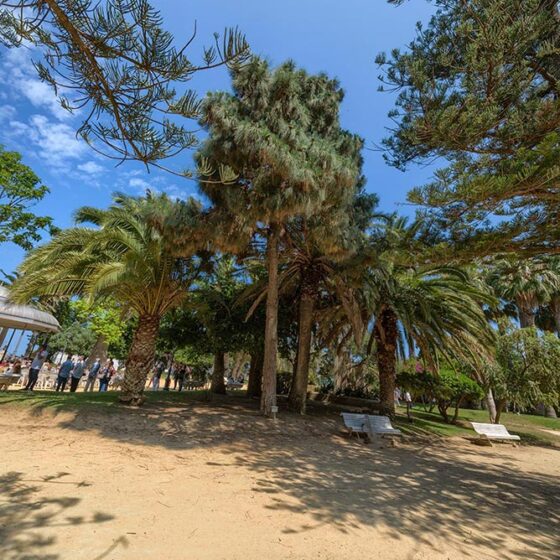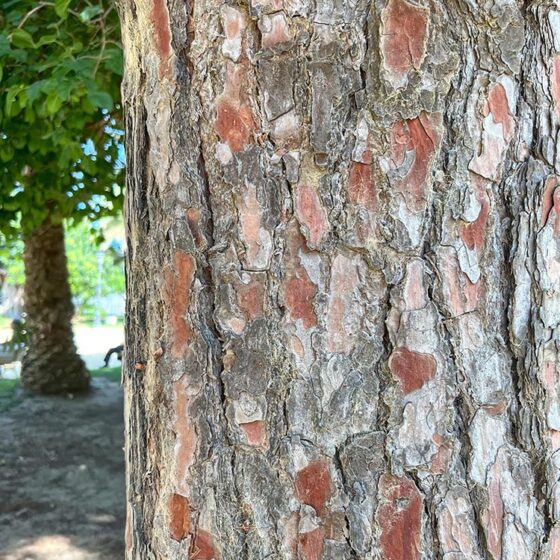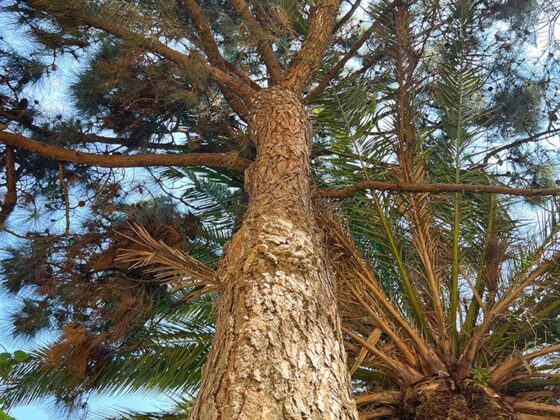Canary Island pine
Pinus canariensis
Its specific name is because it is an endemism of the Canary Islands where it is considered, according to a Law of the Canarian Government, the natural symbol of the island of La Palma.
It is found forming wooded masses in the islands of Tenerife, La Palma, Gran Canaria and El Hierro. In La Gomera, it has been artificially introduced alongside other European Pine species.
The pure Pine forests are located between 700 and 1,200 metres above sea level.
In Ceuta, there is also a small community of this Canarian pine. During the Tertiary they were quite widespread in Europe, being the only Pine of three needles that reached the Quaternary period and lasted until the end of the Neogene. This has been demonstrated by fossils found in the Pliocene of Murcia and Alicante and the Midi of France (in Gard), regions from which the birds are supposed to have transported their seeds to the Canary Islands.
A tree of 25 to 30 m. arriving in the Canaries up to 60 m. The trunk is straight and cracks at maturity. Conical -shaped crown formed by branches in the shape of a candelabrum. Acicular perennial leaves of 20 to 30 cm. long in groups of three, and when they fall, they give a pendulum shape. Flowers in April and May though they´re not easily seen. Cone of 12 to 18 cm. reddish brown that take two years to mature.
It is tolerant to very diverse types of soil being able to develop in almost vertical walls of living rock; it doesn´t demand much in terms of humidity, irrigation, and sun exposure, though it prefers sunny and dry areas.
It is very resistant to fire, as it is the only pine that sprouts. It is very useful in reforestation actions.
This pine produces two types of wood; white wood and that of higher quality (old pines).
There are specimens in the Genovés Park, Paseo de Canalejas, the old Plaza del Reloj and also in el Parque de los Cinco Continentes.







